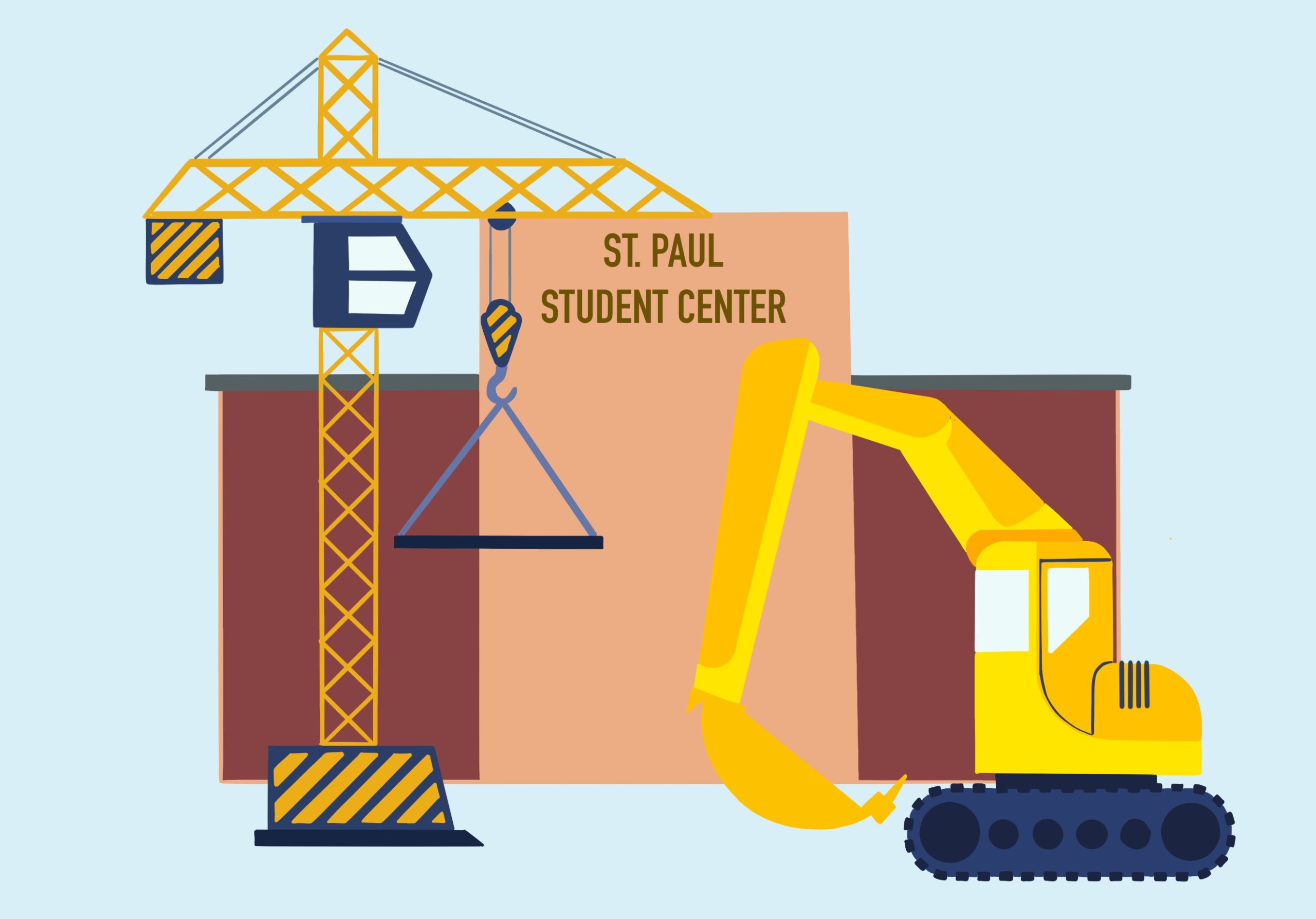Since it was settled by Europeans in the late 1800s, the West Bank has been a port of entry into the U.S. for numerous immigrant populations.
In the early days, it was Scandinavians, Czechs and Irish. In the ’80s came Southeast Asians. In the past 10 years or so, the neighborhood has been an entry point for East African immigrants and refugees, primarily from Somalia, Ethiopia and Oromo.
It’s also been the spiritual and physical home of worker cooperatives, radical activists and subcultures of hippies and bike-punks.
Since the West Bank campus was built in the ’60s, the neighborhood has also served as a longtime student gateway into the city of Minneapolis.
Counterculture
Erika Tindall, a University alumna and worker at the Hub Bike Co-op on Cedar Avenue, first came to the West Bank 10 years ago.
“I came up here with my girlfriend and someone pointed us in the direction of Hard Times Café,” she said. “It seemed really radical, especially coming from a fairly conservative small town.”
Tindall said the West Bank’s history of radicalism makes the neighborhood special.
“There’s this history of the West Bank being kind of like a radical neighborhood anyways,” she said. “The older generation, who have been through Vietnam protests or American Indian Movement protests, (is) still hanging out.”
The mingling of different cultures – also part of the neighborhood’s identity – is sometimes exemplified by Palmer’s bar on Cedar Avenue, she said.
“The space is so cramped you can’t help but interact with everybody. You wouldn’t ever walk in there and say, this is this type of bar. It’s true, America,” she said. “Palmer’s: Most American bar in the world.”
A 1971 story in the Minneapolis Star trumpeted a “West Bank Renaissance,” as Cedar Avenue changed from a “pretty dreary street frequented primarily by the patrons of its many bars” into an “alternative society” populated by hippies and craftspeople.
Tim Mungavan, executive director of the West Bank Community Development Corporation, said the West Bank in the ’70s was the center of activist hippie culture in the Midwest, many attracted by the rent strike against the Cedar Square West high-rise project.
Activists involved with the strike went on to make the neighborhood a center of cooperatives and activism, as well as music and theater, Mungavan said.
Maren Ward, the artistic director of the Bedlam Theater, said the radical spirit still exists today, but that instead of hippies, it often revolves around word-of-mouth in the do-it-yourself punk, art and activist subcultures.
Ward said the Bedlam has developed a relationship with the University’s theater department that draws students into the neighborhood.
“Students are inclined toward the counterculture because of the businesses and the arts that are here,” Ward said. “They come for the sense of community.”
Students
Kristin Roseen, an anthropology junior, spends most of her day on the University’s West Bank campus, and regularly visits neighborhood businesses like Mapps Coffee and Tea on Riverside Avenue.
“There are just so many small businesses,” she said. “I come over to Mapps at least once a week because it’s a good place to study.”
Roseen said living at Middlebrook Hall and visiting friends at Augsburg College introduced her to the West Bank.
“I’ve done a lot of walking around the neighborhood,” she said. “Generally the people I run into are super nice.”
Patronizing local businesses makes the West Bank’s complexity easier to understand, Roseen said.
“Lots of different cultures have been integrated and they mix really well,” she said. “Students get a better picture of the people here by coming.”
Due to the close proximity of the University, students have always lived on the West Bank of Minneapolis.
Early accounts of the neighborhood put student boarding houses side-by-side with those rented by mill and lumberyard workers.
Construction began on the West Bank campus in 1959 when, according to Minneapolis planning documents, 209 acres of residential and church property were cleared to make way for the expansion of local institutions: the University, Augsburg College and Fairview Hospital.
The University owns more than 57 acres of land on the West Bank, according to the 2007 University Real Estate Inventory.
At least 30,000 University students come through the West Bank daily, according to city documents.
Middlebrook Hall, the only University residence hall on the West Bank, was built in 1969 and houses around 900 students. The campus also includes the West Bank Arts Quarter, which encompasses all the University’s visual and performance art programs.
Students contribute to the atmosphere in the neighborhood by creating a demand for art and culture, community members said.
Lydia Jones, a gender, women and sexuality studies junior, said the West Bank is an escape from the more student-dominated area of Marcy-Holmes, where she lives.
“It takes away a little pressure,” she said. “Even if I’m doing school work, at least I’m not doing it in a school environment. It’s a lot more relaxed and more of a community feeling.”
East African immigrants
Salma Hussein, a psychology first-year and member of the Somali Student Association, tutors Somali youth from Riverside Plaza at the Brian Coyle Center on the West Bank.
New immigrants are drawn to the West Bank by the strong community already in place, she said.
“A lot of new immigrants hear about Cedar-Riverside and how there’s a large Somali community,” she said. “That attracts them because these are people who have been in the U.S. and know things that can help.”
Somali youth in the neighborhood want to succeed academically, but the University and its students often treat them as outsiders rather than as neighbors, Hussein said.
“There’s so much the University could do for these kids,” she said.
The largest immigrant group in the neighborhood is of Somali descent, although there are also many Eritreans, Ethiopians and Vietnamese, Fredda Scobey, executive director of the Riverside Plaza Tenants’ Association, said.
Although the 2000 census put the Somali population in Minnesota at about 30,000, some community leaders said it could be as high as 70,000, with a very large group concentrated in Riverside Plaza on Riverside Avenue.
“They tell us that people know about Riverside Plaza in the streets of Mogadishu (Somalia),” Scobey said.
Students often have an inaccurate picture of the Riverside Plaza community, Scobey said.
“There’s nothing scary about Riverside Plaza,” she said. “This is a safe, good place. People are into working hard and raising their children.”
Mungavan said the West Bank’s long tradition of welcoming immigrants is reflected in the slogan of a new community organization, the Dania Partners – named after the Cedar Avenue Danish community center that burned down in 2000: “Speak in many languages with one voice.”










